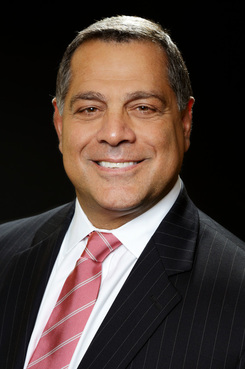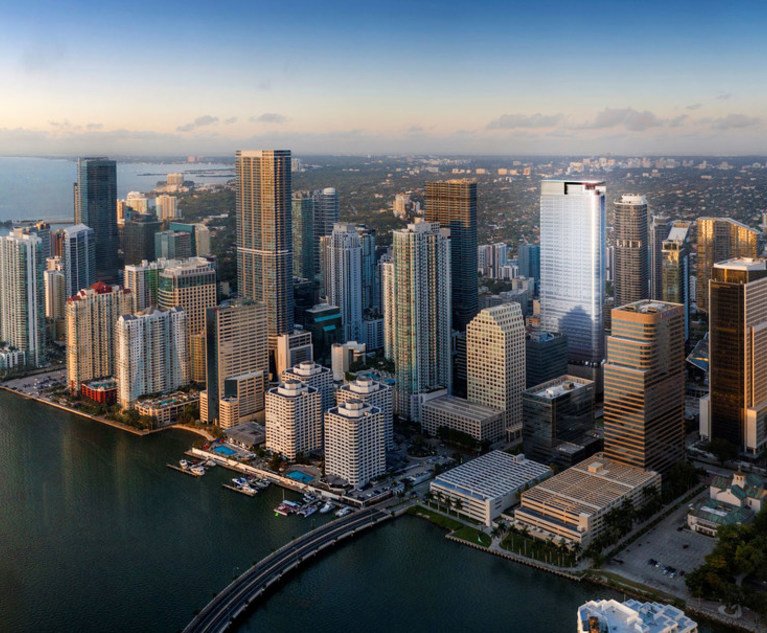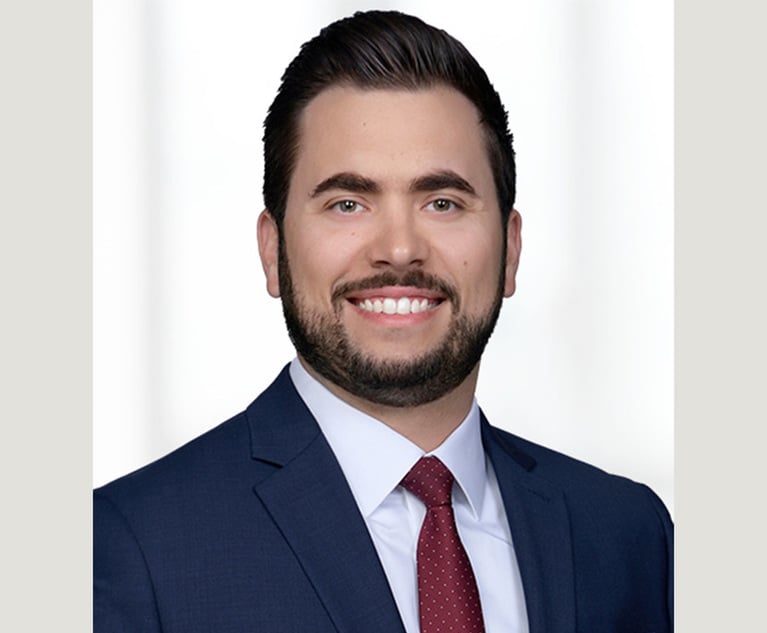During the last 30 to 40 years, exponential population growth and concomitant community development has occurred throughout the Sunshine State. Most newcomers to Florida during that period of time became accustomed to purchasing homes in amenity-rich communities that offered pools and clubhouses, and, in many instances, gates and guardhouses with a promise of security that required privatization of the streets and roadways within them. During that same period, local governments were all too eager to pass along maintenance responsibilities for lakes, swales and open green spaces and other areas within these communities over to the homeowners’ associations that governed them, instead of those governmental authorities picking up the tab in the traditional manner. It was a well-devised plan to keep property taxes low, attracting hordes of new transplants from the North looking to escape their high tax burdens, and for local politicians to keep themselves in power by being able to brag about such accomplishments.
So, most of us accept as a given that the homeowners’ association acts as a governing body controlling how to maintain and upkeep properties. In most organized communities, homeowners cannot renovate their homes, or even change their landscaping or the color of their homes, without gaining approval from their homeowners’ association. Symmetry of beauty, uniformity of maintenance and harmony of aesthetics is proven to promote property values that benefits all owners in the community. Therefore, the ability of the homeowners’ association to administer to and enforce the private covenants and restrictions for the community is vital. Most view this well-entrenched system of private community governance as both necessary and positive.


 Andrew Blasi, shareholder with Shapiro, Blasi, Wasserman & Hermann.
Andrew Blasi, shareholder with Shapiro, Blasi, Wasserman & Hermann.




